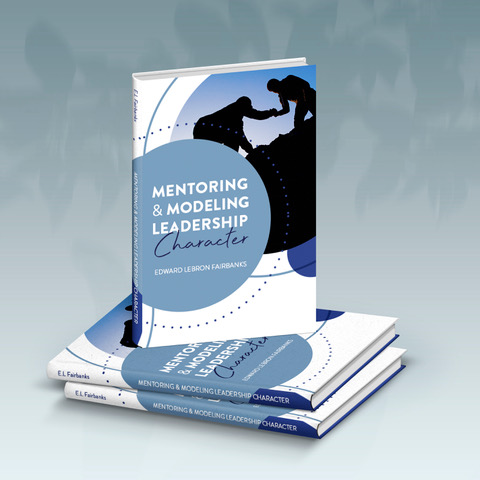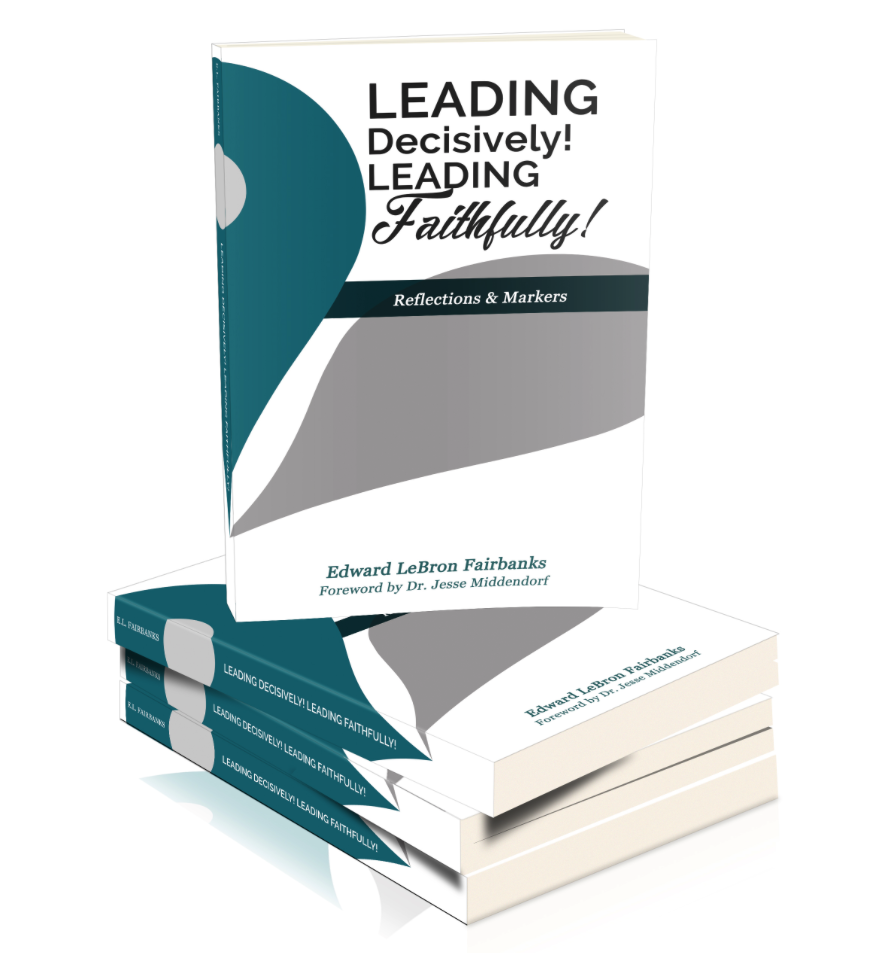Max DePree is a favorite writer of mine. Over the years, I have read Leadership is an Art, Leadership Jazz, Leading without Power, and Called to Serve: Creating and Nurturing the Effective Volunteer Board. I have heard him speak and have read his books on the subject of leading others. His books are worth reading and re-reading.

DePree writes from many years of experience in the corporate and non-profit world. He is chairman emeritus of Herman Miller, INC., a member of Fortune magazine’s National Business Hall of Fame, and a recipient of the Business Enterprise Trust’s Lifetime Achievement Award. He has served on boards of Fuller Theological Seminary, Hope College, and Words of Hope. He has also served as a member of the advisory board of the Peter F. Drucker Foundation for Nonprofit Management.
Recently, I was glancing through his 2001 board development book. The book addresses the questions, “How can the board of a non-profit organization work best?” and “Now that I’m on such a board, what should I do?” He addresses other questions like, “How can we organize and develop the service of busy, committed people”” and “What does their commitment entail?” DePree responds to these and other questions in a series of “letters” addressed to a friend who was developing a governing board for a theological study center study in a large, urban city.
The Christian businessman quotes Walter Wright, formerly president of Regents College, who stated, “A board holds the future and mission in trust” (P.24). In other words, the board is responsible for determining the philosophy, the values, and the policies of the organization consistent with the mission, vision, and strategy of the organization. It is not the board’s responsibility to develop a strategic plan for the organization; rather it is their mandate to insure that such a plan exists. DePree believes that “while the administration’s leadership team should be thinking through the strategic planning, the board should review and question and bring its perspective to the scrutiny of such plans (p.25).
His chapter, “The Marks of an Effective Board” caught my attention again. I read more slowly the paragraphs I had previously underlined. He focuses on “effective boards” because he feels that “…the chief responsibility of boards is to be effective on behalf of the organization” (p.8). He hits hard at a poorly constructed board agenda. He calls this list of events or subjects to be discussed “…an exercise in random trivia” (p.8). He believes that “If the board regularly composes a well-thought-out agenda, there will always be a north star.”
DePree’s marks of an effective board, as outlined in one of the early letters to his friend, are as follows (pp.9-22):
1. An effective board has a mission statement.
2. An effective board nurtures strong personal relationships.
3. An effective board stays in touch with its world (whatever its world is).
4. An effective board does very good planning.
5. An effective board gives itself competent and inspirational leadership.
6. An effective board works seriously at the growth, needs, and potential of its members.
7. An effective board provides to the institution wisdom, wealth, work, and witness.
8. An effective board is intimate with its responsibilities.
9. An effective board decides what it will measure and does it.
10. An effective board plans time for reflection.
11. An effective board says “thanks.”
Other “letters” in the 91 page book discuss the work of the Board, the design of the board structure, and the role of the chairperson. He discusses the reality of tension on the board and living with these tensions, and what the board owes the president or organizational leader.
I was particularly interested in the subject of what the board owes the school or organizational leader (and, could we say, local church pastor?) DePree identifies four categories of things the board owes the school or organizational leader: mandate, trust, space, and care. (p81ff). He feels that the board mandate to the leader should include a mission statement and a strategy, “both of which derive clearly from whom we intend to be” (p.82). Included in the leader’s mandate are “the statement of expectation and a definition of what will be measured in his/her performance institutionally, professionally, and personally” (P82).
“Trust” is such an important “treasure” for any school or organization that DePree gives an entire chapter to this subject (chapter 9) in his book, Leading without Power. Trust, he feels, can easily slip away unnoticed by inattentive leaders. Trust requires respect, and moral courage, as well as keeping our promises. “Demonstrating competence and making the nobler choice are part of how followers judge the character of leaders and whether to award them their trust” p.84).
DePree feels the board owes the leader of the organization “space” to become the school president or organization leaders. He discussed the need for a workable structure,” setting agreed upon priorities, “…as well as working to involve the entire organization in understanding and adopting those priorities” (p.86). The board should take a strong interest in the personal growth of the school or organization leader. By “care” for the leader, DePree means that the board should express care for the needs of the leader’s family for friendship, support, and love; “…the kind of care that goes the extra mile…including the need for continuing education and development—especially the opportunity to be mentored—and the kind of care…that doesn’t permit him to work him/herself to death” p. 87-88.
Good book. Good words. It has been enriching for me to review the wisdom of a great Christian brother and outstanding business leader. Which of the above “marks” identified above needs the most attention in your organization? What can you do about it this month?
LeBron Fairbanks
June 29, 2011





